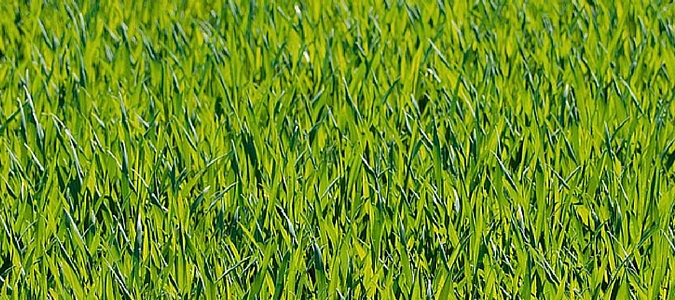Is Your Florida St. Augustine Grass Turning Brown?

St. Augustine is the turf of choice for Central Florida lawns. You might notice a color change in the late summer and early fall that could cause alarm.
This common lawn fungus is easy to identify, as it creates circular pockets of grass that appear to have died. We’re talking about Brown Patch.
All warm-season turfs are at risk for Brown Patch, especially Zoysia and St. Augustine grass. The disease pathogen, Rhizoctonia solani, will most likely spread from September through May when temperatures are below 80 degrees. It is usually not observed in summer months, but summer weather can lead to over-irrigation, which can lead to fungus. Florida gets excessive rain and high humidity, which can also over-saturate turf grass and lead to infection.
Symptoms:
If an area of your lawn has poor drainage and lacks sufficient sunlight, it may be prone to getting the disease. You’ll notice a soft, dark rot at the … Read Full Post »